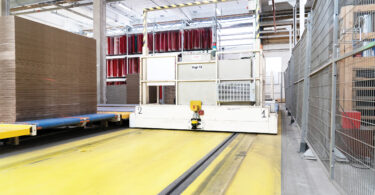Safety Distance Considerations for Devices as Addressed in the Updated ANSI B11.19 Standard
Engineering control devices can help to reduce risk to individuals in the workplace, but there are many topics to consider when implementing these devices. In order to ensure proper devices are selected for specific safety applications, a basic understanding of the performance and design requirements for individual components for risk reduction is required. The five core pillars of functional safety have been a focus in recent years, one of those key topics is the concept of safety distance.
Safety distance is defined as “the minimum distance an engineered control (guard or device) is installed from a hazard such that individuals are not exposed to the hazard.” Safety distance considerations in relation to guards and other protective structures was examined in Part 4 of our white paper series, but what about safety distance considerations of protective devices as addressed in the latest ANSI B11.19 Standard? Safety distance for point-of-operation devices such as light curtains, laser scanners, two-hand controls, and two-hand trip devices are addressed in the updated standard to provide clarity on how best to calculate safety distance.
With this recent update of the ANSI B11.19 Standard, we’d like to provide you an overview of how this new standard may affect your facility and what you can do to stay compliant. In this six part white paper series, each paper will highlight a different aspect of the newest edition of the standard.
![]()
In this fifth white paper, we’ll discuss basic concepts and additions/modifications made regarding safety distance considerations for devices in the latest ANSI B11.19 Standard. Miss the previous four white papers? Check out Part 1, Part 2, Part 3, and Part 4!
This white paper series is meant for guidance only and is accurate as of the time of publication. When implementing any safety measures, we recommend consulting a safety professional.





